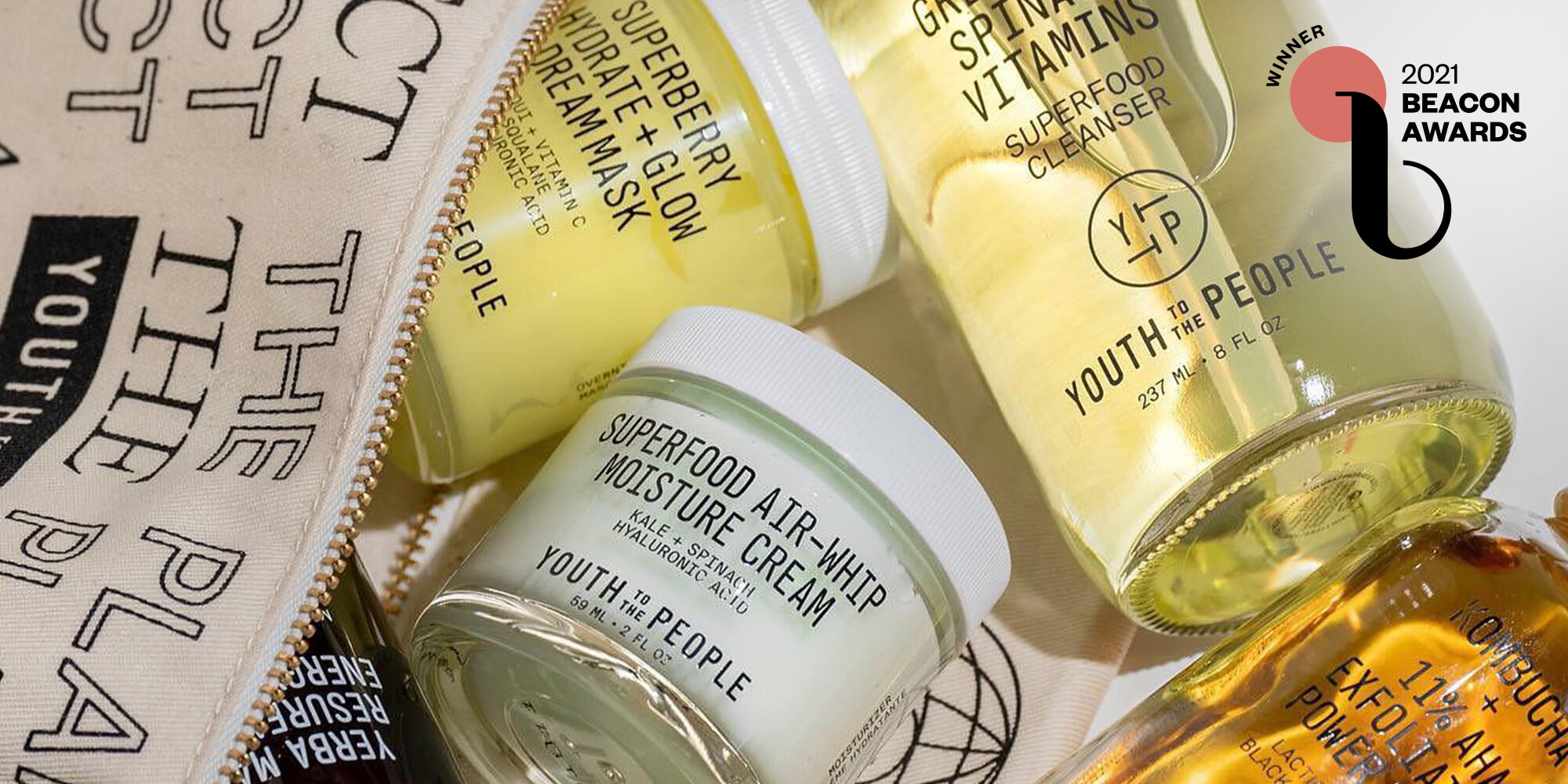
Youth To The People Co-Founder Joe Cloyes Shares Four Important Strategies That Led To L’Oréal Acquiring The Brand
No doubt about it, 2021 was a banner year for clean skincare brand Youth to the People. In August, it rolled out its first out-of-home advertising campaign in five cities. In September, it won Beauty Independent’s Beacon Award for Best Brand. To cap it all off, L’Oréal acquired the brand, which was founded by cousins Greg Gonzalez and Joe Cloyes in 2015, in December for an undisclosed amount.
Since the acquisition, Cloyes acknowledges there are extra company layers to work through when making big decisions, but says day-to-day business at Youth to the People is generally unchanged. His focus on building the brand, which has experienced triple-digit growth annually and was reported to have crossed $50 million in sales last year, while staying true to its mission of using the best of natural and science-backed ingredients hasn’t shifted. “The acquisition allows us to expand and eventually become a global brand so we can share what we do with the world,” emphasizes Cloyes.
Recently, Youth to the People has been spending a great deal of time assessing its current assortment and identifying white spaces it can jump into. Having a massive product repertoire isn’t the plan—and was never the brand’s modus operandi—but improving existing formulas and developing new products addressing specific needs is integral to its future playbook.
In July, Youth to the People introduced Polypeptide-121 Future Cream, moisturizer with plant proteins and biotechnology-derived collagen designed to firm skin, reduce the appearance of fine lines and wrinkles, and strengthen the skin barrier. The product joined a selection that had two moisturizers: Superfood Air-Whip Moisture Cream and Adaptogen Deep Moisture Cream. “We needed that barrier strengthening, firming product, and we didn’t quite have that in our moisturizer range,” says Cloyes. “Things are getting a little bit more specific. We knew that was like a step we had to add to our routine.”
Polypeptide-121 Future Cream followed the spring release of Retinal + Niacinamide Youth Serum. Youth to the People’s bestselling product remains Kale + Green Tea Spinach Vitamins Superfood Cleanser. Cloyes believes Youth to the People can extend beyond traditional facial skincare. It’s been toiling with a sun care offering for years.
In a recent interview with Beauty Independent, Cloyes reflected on Youth to the People’s path to acquisition and identified four key strategies emerging brands should pursue if they strive to travel a similar path.
1. Keep Distribution Tight

It’s tempting to expand into a number of geographies quickly, but that approach can be distracting in a brand’s early years, according to Cloyes. He advises young brands to zero in on their story and carve out a clear position in the market rather than spreading globally or having several points of sale early on. Youth to the People entered Sephora in 2016 and didn’t embark on international retail until breaking into Cult Beauty in 2021. Carol Hamilton, group president of acquisitions at L’Oréal, first spotted Youth to the People in August 2016 at a Sephora event.
Cloyes expounds that founders who concentrate heavily on scaling at their brands’ nascent stage are often not paying enough attention to fortifying a brand with the ability to last. “We are great at building brands and building products and ideas. They [strategic partners] are great at scaling,” he says. “There’s never a perfect moment to go and expand, but there’s always opportunity if you build a good brand.”
2. Be A Storyteller, Not A Seller
Youth to the People’s incorporation of scientific and natural ingredients isn’t unique in the beauty industry or even within L’Oréal’s portfolio. However, Cloyes stresses its relentless devotion to communicating its mission, which involves ingredients as well as protection of people and the planet, served the brand well by enabling it to stand out at Sephora and to L’Oréal.
“We really were very upfront about those values and what we believe in and what we’re going to do,” says Cloyes. He continues, “We didn’t have one marketing plan that just blew us up. We didn’t have one specific product that went viral and changed everything,” he explains. “It was about the brand as a whole—the 360 degree of it all—and what it stood for ultimately that drove them [L’Oréal], and we were excited to figure out a way to make that all work together.”
Youth to the People established Good To The People Funds in 2020 to contribute to nonprofits committed to addressing climate change, social justice, inclusivity, sustainability and equality. Specifically, over the next three years, the brand’s goal is to donate $1 million to nonprofits combating systemic injustices causing poverty and food and water insecurity.
Cloyes is inspired by the storytelling prowess of brands like Nike, Ben & Jerry’s and Patagonia. “How do we be the Nike of skincare?” he asks. “How do we inspire and instill confidence through product? When you put those Nikes on, you’re feeling that. Ben & Jerry’s is a brand that stands for its values or ethos, regardless of what’s happening. These brands are the best, but also they’re trying to do something bigger.”
3. Prioritize Retention
For emerging brands in the midst of rapid growth, topline revenues are obviously important to watch. Of course, a good handle on P&L and cash flow is crucial, too. But customer retention rate is the key performance indicator (KPI) Cloyes values most. A healthy customer retention rate is the centerpiece of a brand that can have longevity as customer acquisition costs mount.
Cloyes asserts skincare brands have a better chance at engendering loyalty than brands in other beauty segments. “Especially with skincare, it’s a commitment,” he says. “Typically people research, they try, they buy, they’re believing in that product, and if they like the product and it does the job, they’re not as likely to change.”
Founders should hone in on boosting their brands’ net promoter score (NPS). NPS indicates whether a customer is likely to recommend a brand or products. It gives brands a tangible way to monitor consumer interest. Cloyes suggests brands craft models to track retention and NPS, and meet monthly or quarterly to review tactics to improve the measures. He says, “If you don’t have the retention numbers, all the rest of the KPIs, to me, get a little bit overinflated.”
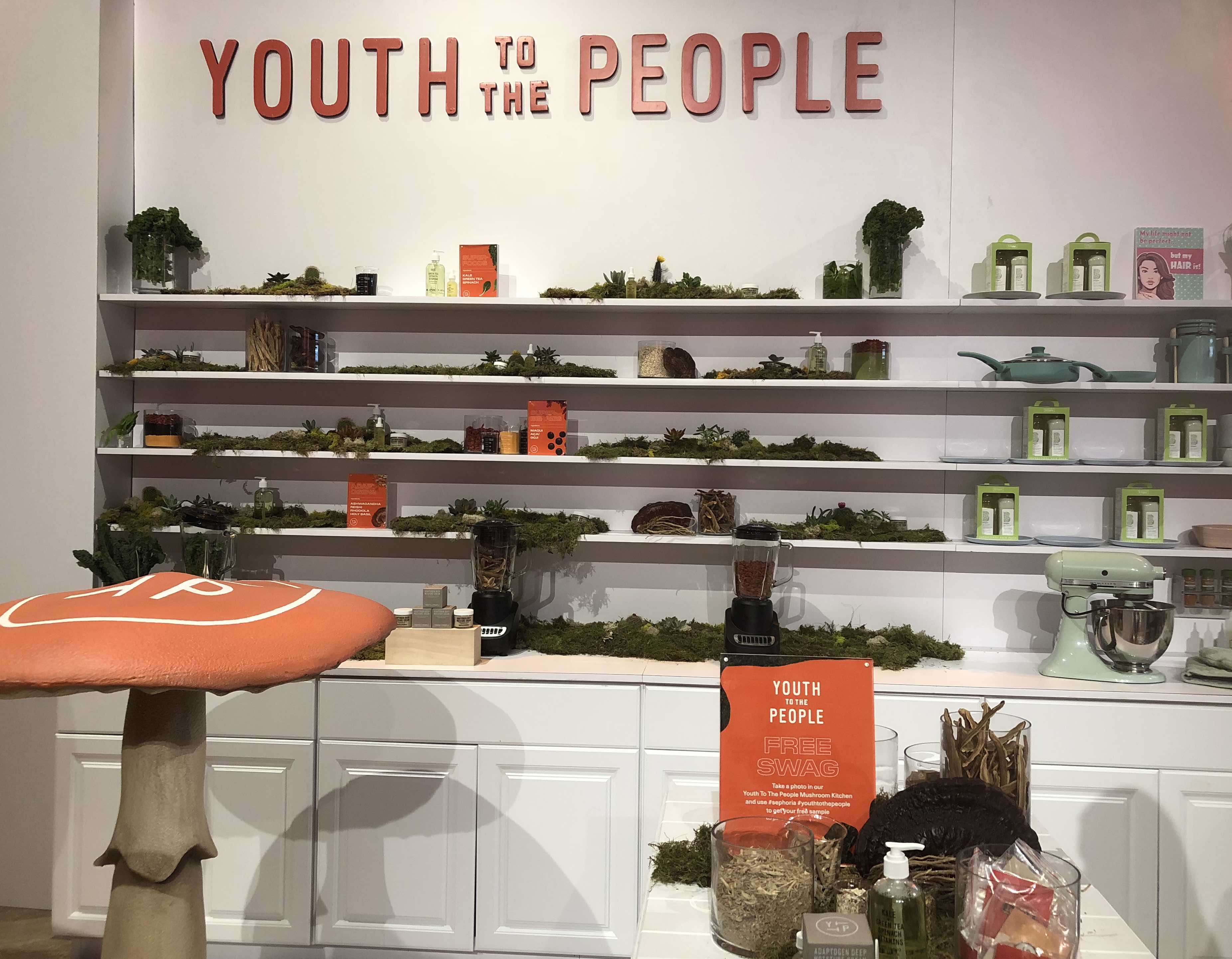
4. Invest In People
Looking back, Cloyes says Youth to the People’s operations could have run smoother had it been more programmatic about scheduling its innovation pipeline further out, although he points out flexibility can be beneficial. “You have to be organic and flow with it, but, at the same time, get a little more systematic,” he says.
Overall, he is confident Youth to the People’s investments in people rather than technology and systems paid off. Rather than outsourcing elements of its business such as social media and marketing to agencies, the brand retained those functions in-house. Its in-house capabilities permitted Youth to the People to foster a strong connection with customers and respond adroitly with messages relevant to fluctuating market conditions.
Cloyes says, “Especially in those early days when it’s wild and stuff changes by the day and you’re trying to keep things going, you need to be super nimble.”


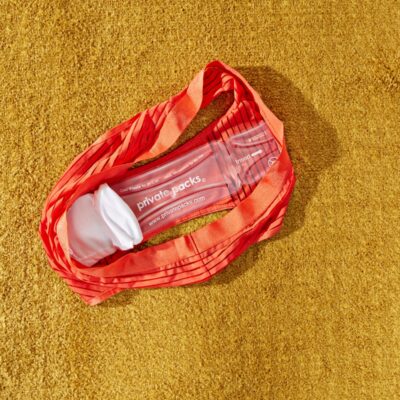
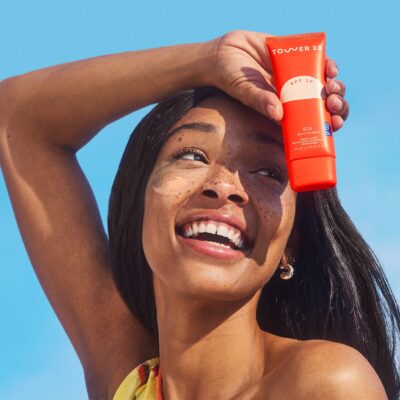
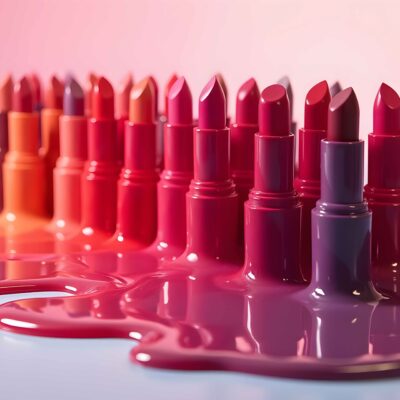
Leave a Reply
You must be logged in to post a comment.